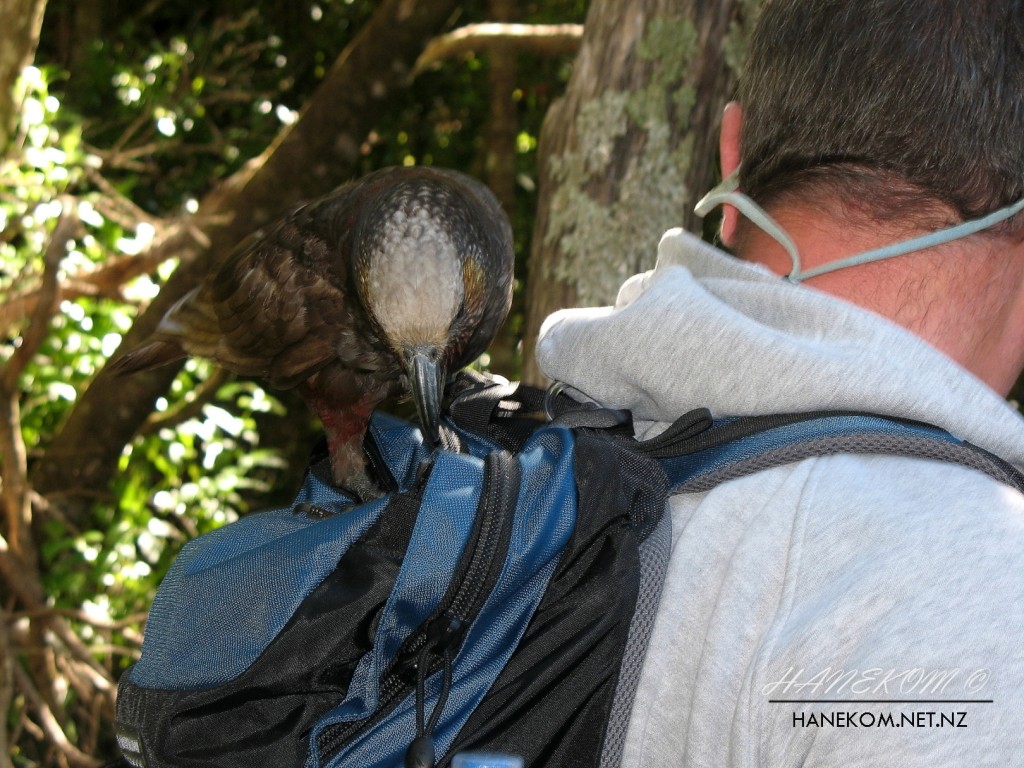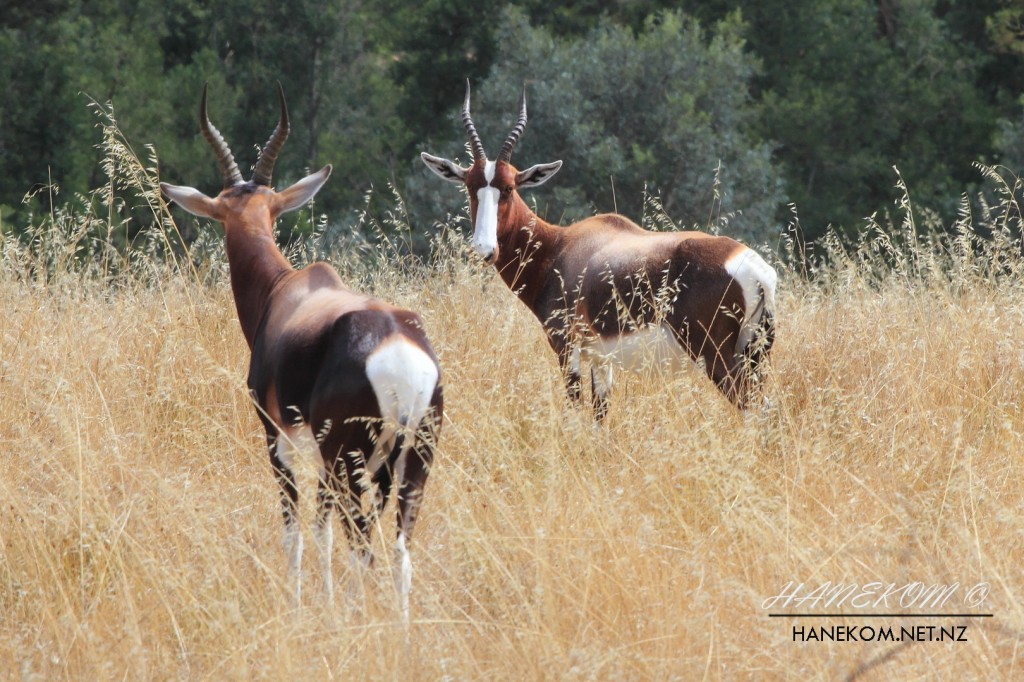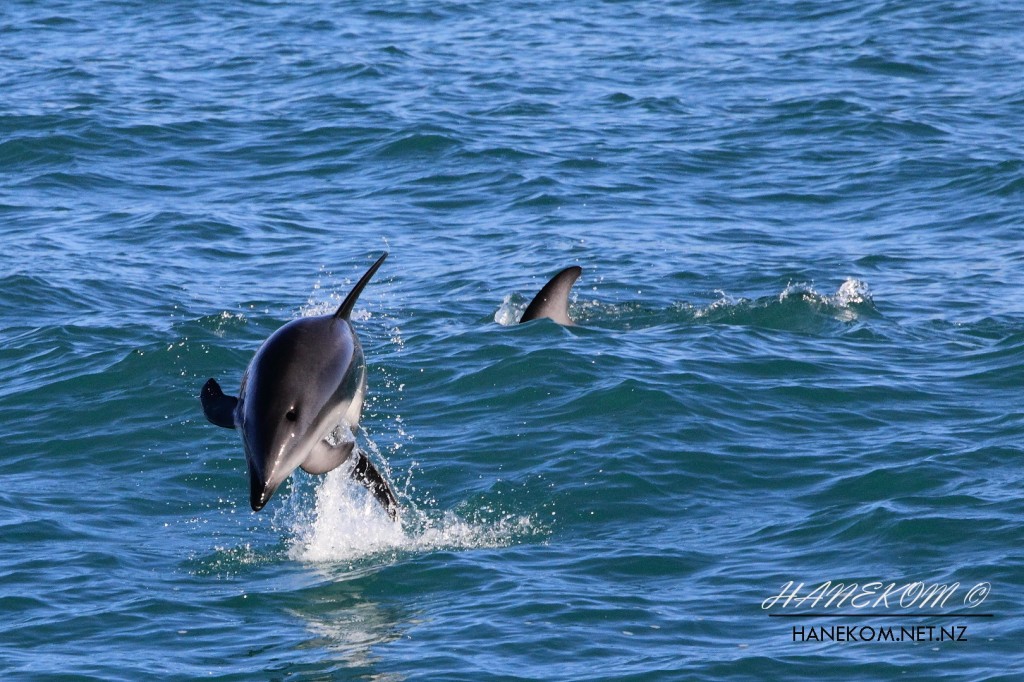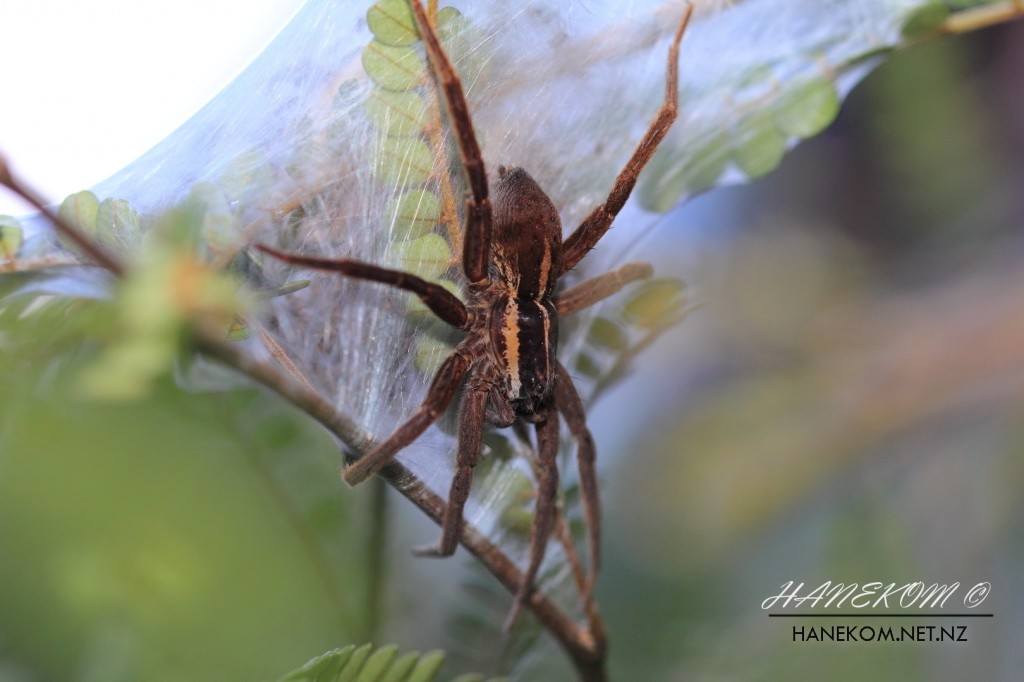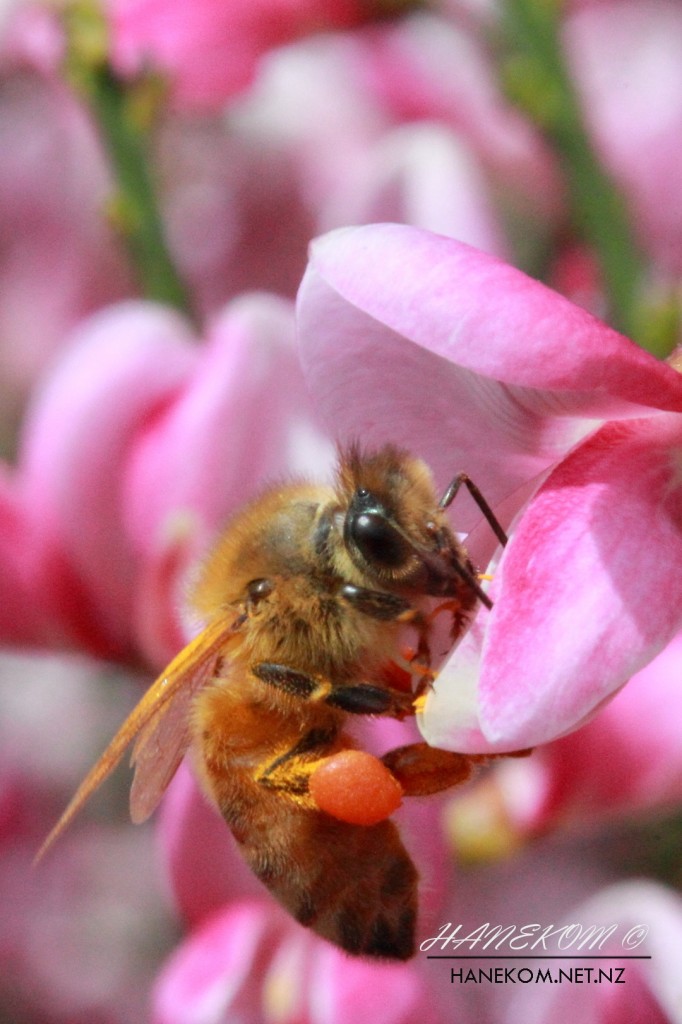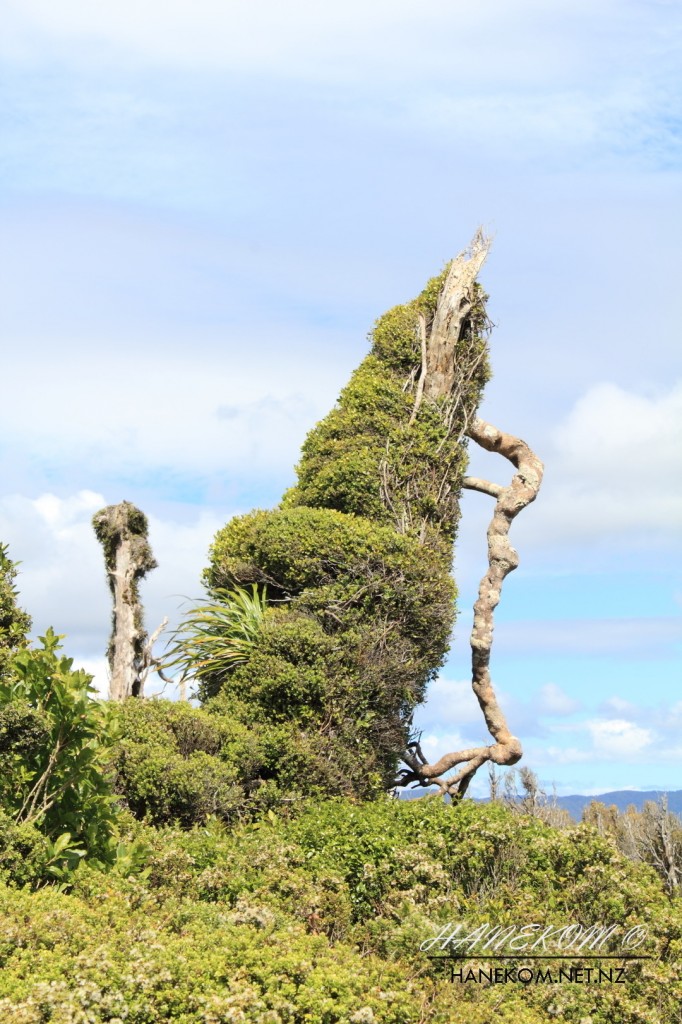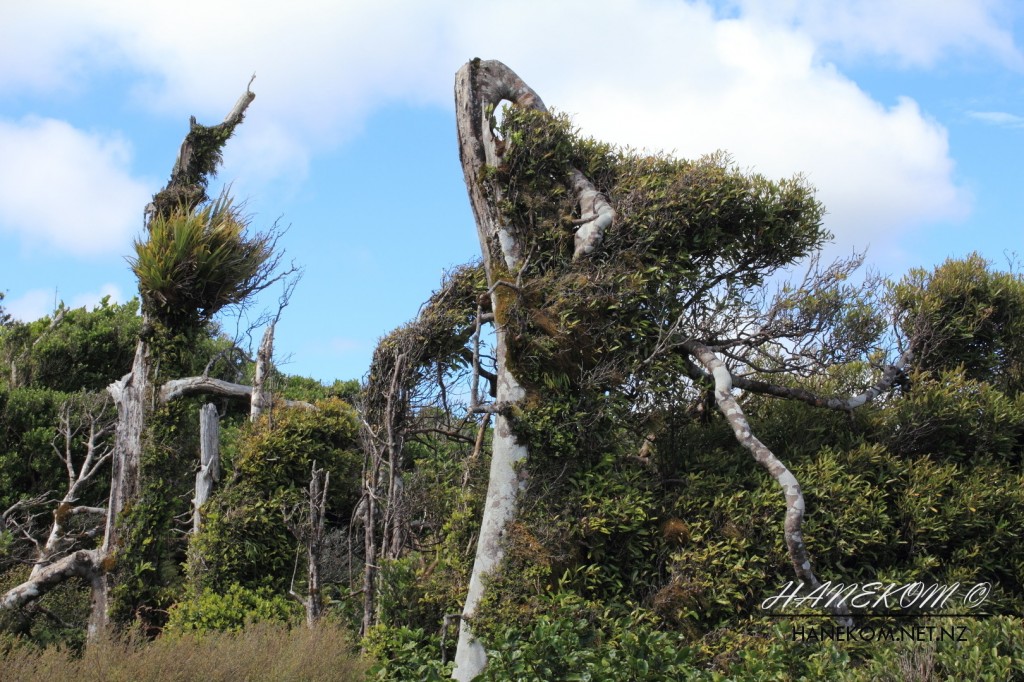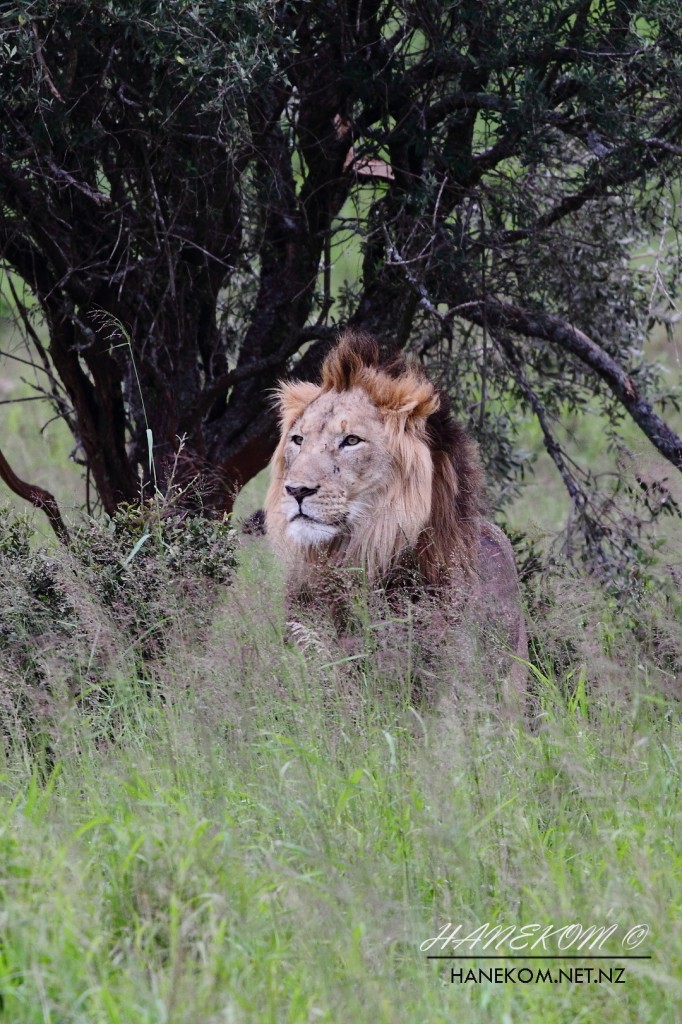The Cicada (sonbesie in Afrikaans) lives for several years but of that only a few weeks are spent above ground.
The female lays her eggs in the stems of plants. A few weeks later when the young nymphs hatch they drop to the ground and burrow into it. They live underground through several nymph stages and feed on plant sap from plant roots until they emerge, depending on species, between three and 17 years later (yes that is seventeen).
Once above ground the cicada moults for the last time to reveal the adult form which lives for around four weeks.
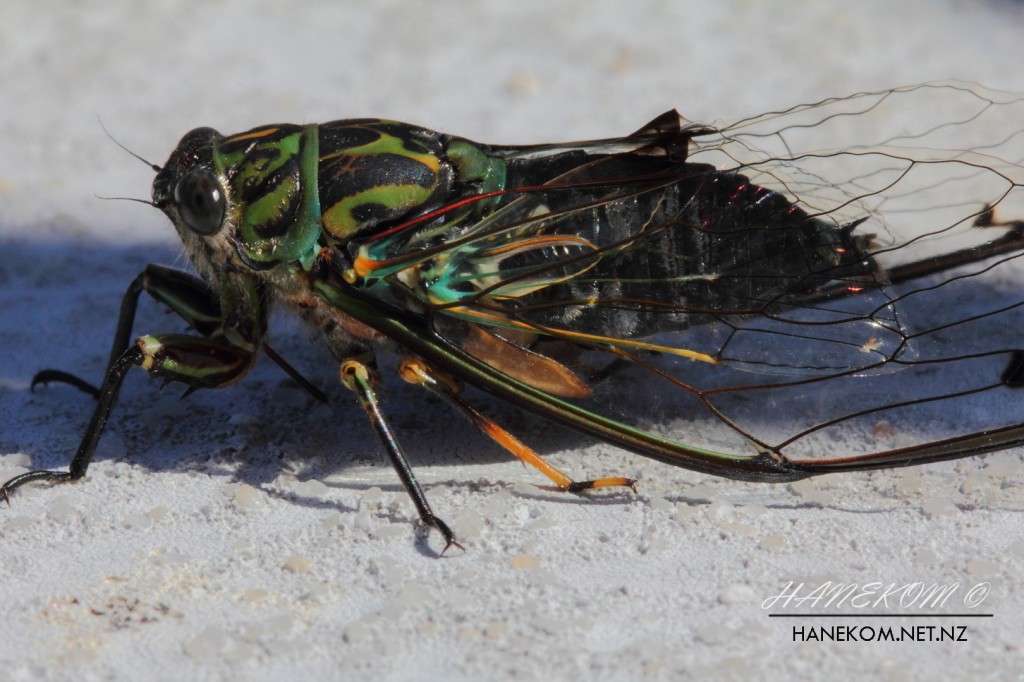
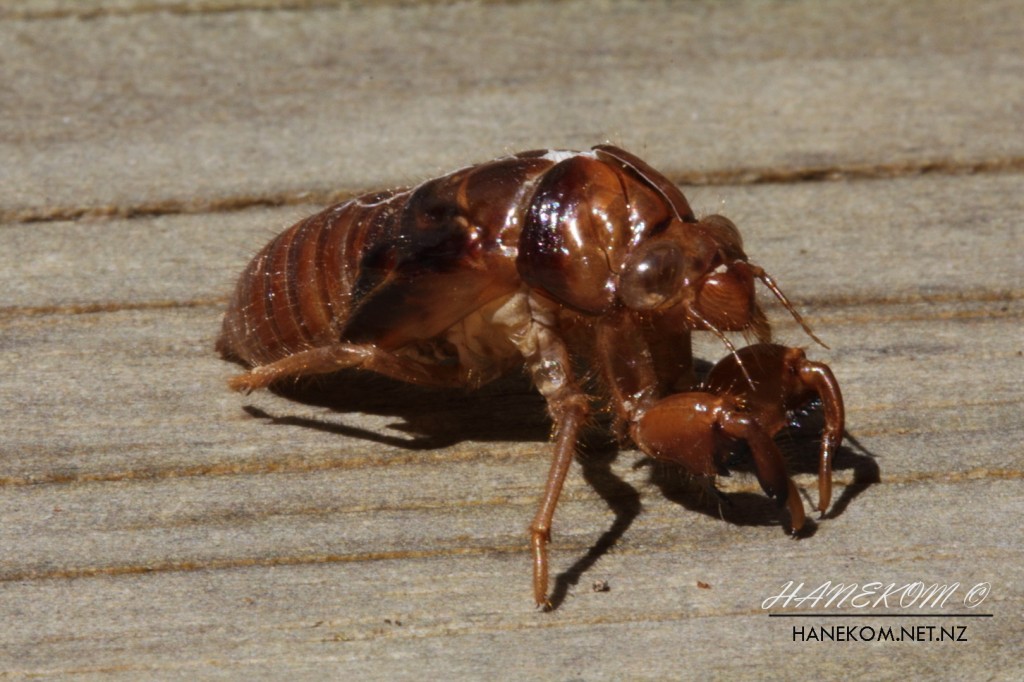
(#58 of 100)
